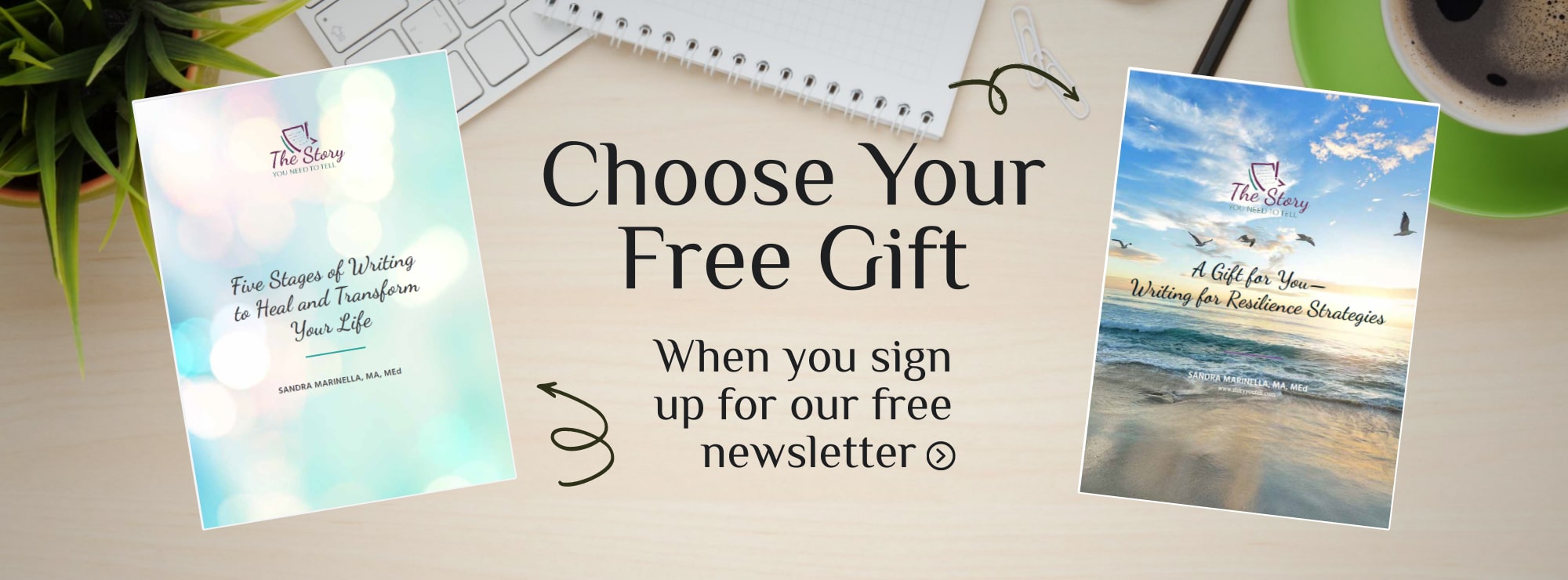Never Stop Dancing
In high school there were two games. Basketball and sock-hops. Oh, there was football, but I didn’t get it, and to my mind, it did not exist. I had played basketball somewhat successfully in sixth grade and perhaps because of this, I had caught basketball fever, an illness peculiar to Indiana. But no girls’ basketball teams existed.
I turned to sock-hops. But without YouTube, it was a geeky girl’s nightmare. Without any sports to my name, I believed myself to be a klutz. How could one master all the crazy dances–the Hitchhiker, the Pony, the Bunny Hop, and the queen of all the dances, the Mashed Potato? You had to take your shoes off to protect the varnished gym floor, and at sixteen taking your shoes off was a huge commitment. You could not have smelly feet. I didn’t. Nor could you have weird socks. I did. For some reason I adored colored knee-high socks that matched my skirts. Bizarre. I know.
I never missed a sock-hop. After a basketball game at Southport High, I could be found with my friends in the gym in a huge circle of teenage girls. I have no recollection of the boys. I believe they would have been on the side of the gym, lurking in the bleachers. Or perhaps they were outside, shooting hoops. Of course, David would dance with us, and he knew all the dance moves. He is one of the few boys in high school that I wanted as a boyfriend. But I probably intuited he was gay and would be a safe bet. While he spread his net of joy wide, he dated only one girl, Debbie, and he broke her heart in college when he told her the truth.
But back in the gym on a Friday night, the star of the sock-hop was Tara. She was probably born with some type of dance gene that most teenagers, at least gawky ones like me, lacked. And my teenage tribe were all envious of her. First, she had those thick white socks that everyone loved because they would slide across the varnish with ease. And when she slid out of her winter white parka and onto the varnished gym floor, all eyes were on her. Her thick auburn curls gently framed her perfectly oval face with a full smile that looked like the photos that hung on my dentist’s walls. While she rarely talked, she often listened, which was part of her charm, and frequently her laughter would punctuate the air with a wonderful energy.
Throughout high school I had a very lively critic in my head. Every Friday when I entered the gym after a game, I wanted to be anywhere but there. Anywhere. I believed myself to be far more awkward than I was, and the vile voice in my head encouraged me to slip behind the bleachers and hide. Several times I dreamed I arrived at the dance barefoot and humiliated!
But within minutes of crowding into the gym this night, one of the teachers had unlocked the front office and began to spin the 45 rpms over the Intercom. The rock music blasting into the gym comforted the vile voice in my head. This evening The Larks stole the opening slot with “The Jerk,” and we all began to jump around like we knew what we were doing.
For thirty seconds I studied the fluid movements of Tara. I got it. Mostly hopping and pulling at air like we were milking a cow. We danced in a circle. Jumped. Danced with a partner. Moved across the circle. Cycled back toward the circle. Suddenly we were caught up in it. And it didn’t matter how silly my socks looked.
Then the Locomotion. I kept my eyes inadvertently glued to Tara. Arms and legs pumping up and down. Then arms pumping forward followed by swooping the arms to the floor and then the sky and finally chugging forward. Later our arms rotated like windmills to the Watusi. Afterwards, we all lined up and jumped in unison to the Bunny Hop, and we even rotated our hips around and around to Chubby Check’s Twist. A throwback. I suspect we twisted to all the Beatles tunes as well. There were no slow dances. To this day I don’t believe boys in Southport dance.
When Dee Sharp’s “Mashed Potatoes” blasted through the intercom, I could feel the sweat pouring from my body. On auto-plot I thrust my body into motion and kicked my long, lanky left leg out with the force of a torpedo. Unexpectedly, my leg crashed into Tara, and knocked her small frame down, flat on the gym floor, curls tossed in every direction. For a second time stopped.
Now I have heard a lot about mean girls. And if Tara had been one, my memory of high school could have spun into nightmares on that night. But there are small miracles. The energy of the music propelled me to act. I reached out with both arms to help pull Tara up and to gently right her. “Sorry,” I mouthed to her, and she smiled her toothy grin and then we both burst into laughter and the wonderful sound of it rippled across the gym, and then we were dancing together. Dancing the Mashed Potato to the correct beat and with the correct motions, our feet moving like the beaters of a mixer.
I can still remember being in the gym that night. I was so completely in that moment, and for a short time, like Tara, I, too, felt like a dancing queen. My fears had been tossed amid our collision and the pulse of the music. There was a shift in me. I think I realized how fully I loved dancing and how it can bring people together and even silence the critic in your head. For the first time, I danced with abandon. I danced with joy. I was lost to it. The wonder of it. The energy. The awe.
I learned something that I still hold onto. Love comes in moments. In surges of wonderful feelings. That evening with all the electric energy of all the girls in that gym, I discovered dance. I hope I will never stop dancing.

